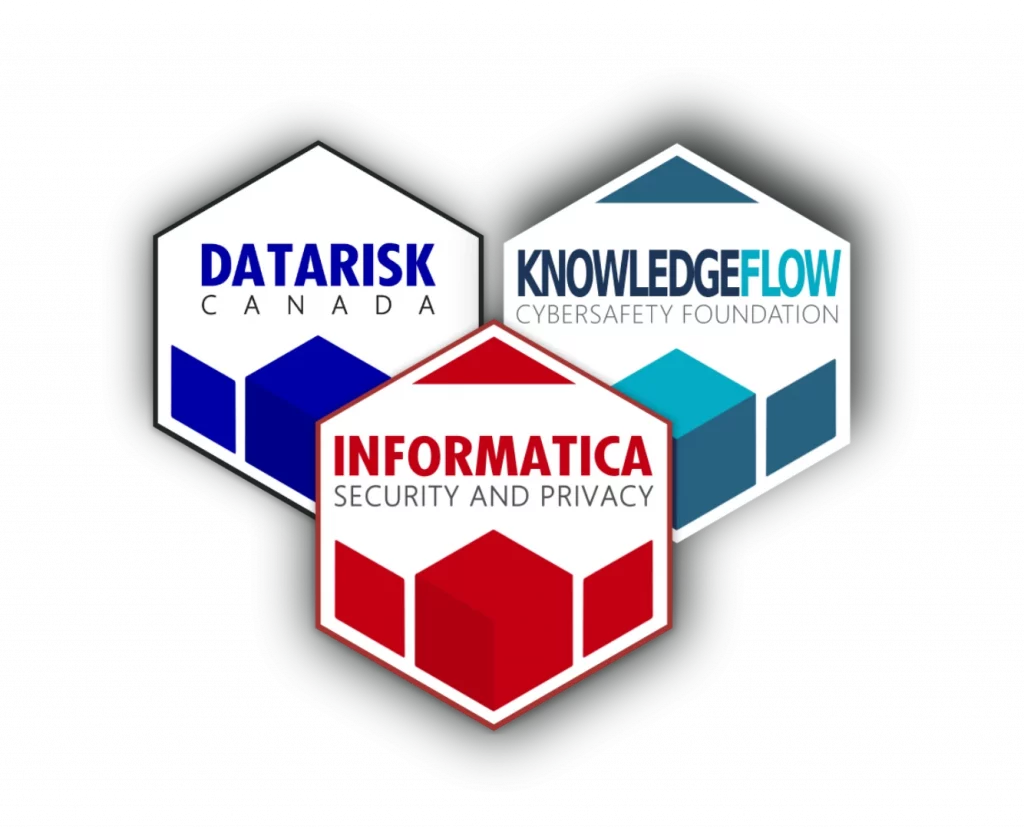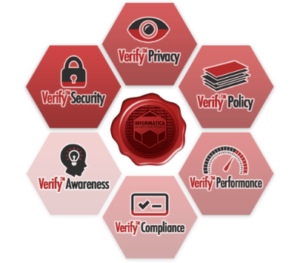OT and IT Security | Understanding Their Vital Differences:
Understanding and Addressing the Overlooked Risks Between OT and IT
Beyond the scrutiny of the public, the concepts of Information Technology (IT) and Operational Technology (OT) have emerged as significant elements of technology governance that have profound impact on risk and compliance. Although they are often used interchangeably, they each have unique characteristics and security needs. Understanding the distinctions between OT and IT, and why OT security is often overlooked, is crucial in today’s cyberthreat environment. Furthermore, conducting an OT security risk assessment is key to identifying and mitigating potential vulnerabilities.
The Differences Between OT and IT
Information Technology (IT) systems deal with data, information processing, and business applications, such as databases, email servers, and enterprise resource planning systems. IT focuses on the management and flow of data and its primary goal is to ensure data confidentiality, integrity, and availability.
On the other hand, Operational Technology (OT) refers to the hardware and software used to change, monitor, or control physical devices, processes, and events in the enterprise. OT systems are typically found in industries like manufacturing, oil and gas, energy, and transportation. Their main goal is to ensure the continuous operation of physical processes and maintain efficiency, productivity, and safety.
Why OT Security is Often Overlooked
OT security is often overlooked for several reasons. First, the convergence of OT and IT has been a recent development driven by the benefits of data exchange and process automation. However, while IT security has been a focus for many years, OT security has not received the same attention.
Second, OT environments were traditionally isolated from IT systems and the internet. This ‘air gap’ led to a perception that OT systems were inherently secure. With the advent of the Industrial Internet of Things (IIoT) and increased connectivity, this is no longer the case, but the mindset has been slow to change.
Third, OT systems often rely on legacy equipment, which was designed and installed before cyber threats were a significant concern. These systems may lack the built-in security features of modern IT systems, creating vulnerabilities that are often overlooked.
Determining Risk with an OT Security Risk Assessment
An OT security risk assessment is crucial in determining and mitigating the risks associated with OT systems. It begins with the identification and documentation of OT assets, including hardware, software, network devices, and data. Following this, potential vulnerabilities in these assets need to be identified.
Next, possible threats to these vulnerabilities are analyzed, considering factors such as the capability of potential attackers and the likelihood of an attack. The potential impact of each threat on the organization is then determined, taking into account aspects such as financial damage, reputational harm, and operational disruption.
Finally, risk mitigation strategies are developed. These may include technical measures, such as patching vulnerabilities, implementing network segmentation, or adding additional monitoring capabilities. They may also include administrative actions, such as developing incident response plans, conducting staff training, or updating policies and procedures.
In conclusion, understanding the differences between OT and IT, acknowledging the reasons why OT security is often overlooked, and conducting comprehensive OT security risk assessments are vital steps in improving an organization’s security posture. It is time to give OT security the attention it deserves to protect the vital systems that underpin our industries and infrastructure.”



















